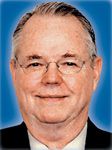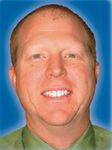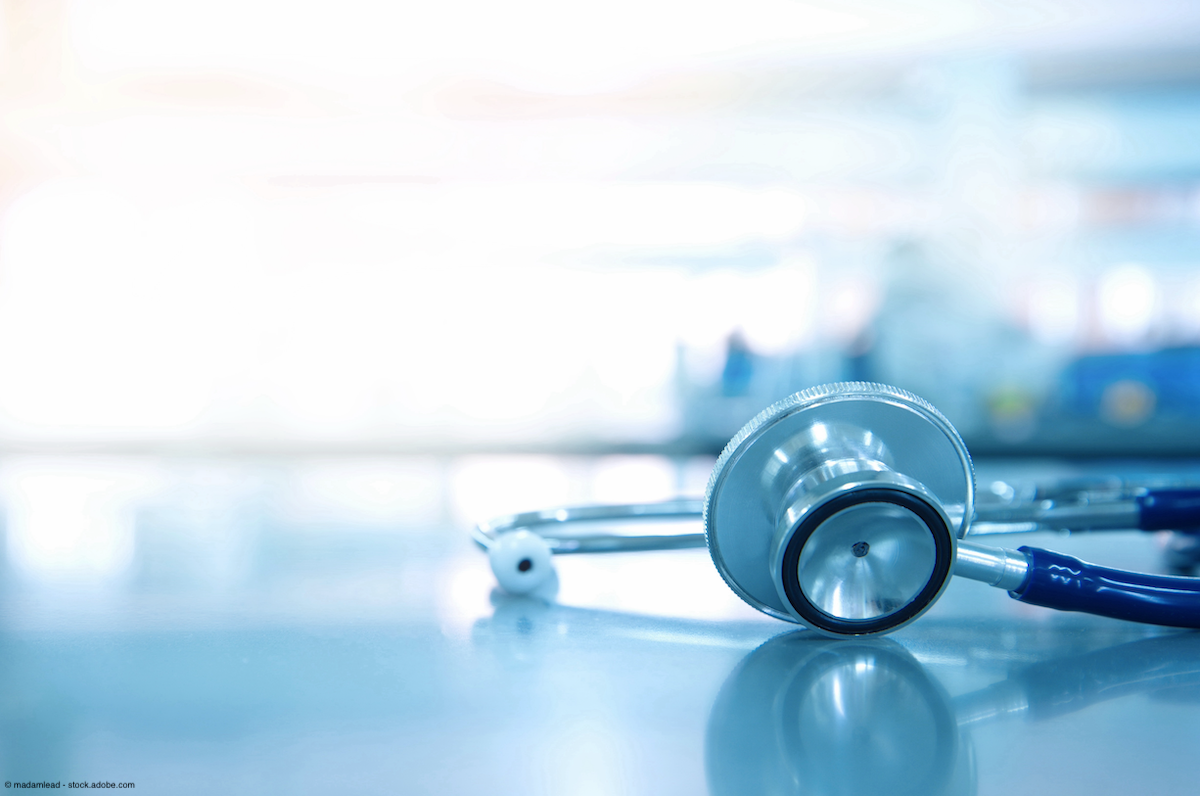Article
Bill non-ASC-approved procedures at in-office rate
Performing a non-ASC-approved procedure in an ASC is billed by the physician for the physician's service(s) at an outpatient procedure rate with ASC listed as the place of service.

Key Points
Q: My practice owns an ambulatory surgery center, and we're interested in performing non-ASC-approved procedures, both for patient comfort and convenience. We have been told different things about reimbursement for these procedures. Our current thinking is that non-ASC-approved procedures performed at an ASC automatically get reimbursed at the in-office rate, and that there is no separate ASC component. Is that correct?

The ASC cannot bill a facility fee to Medicare. However, the physician could pay a portion of his fee to the ASC for the supplies and services provided by the ASC.
Q: I read your article about coding and reimbursement of urodynamics ("Is it time to dump a payer? Many factors to consider," January 2007, pg. 18). The current way we bill for urodynamics is by using the codes and modifiers 51726, 51795–51, 51741–51, 51784–51, and 51797–51. I understand the private payers will have different reimbursement rules, but as far as Medicare goes, how do I bill these codes for optimum reimbursement using –TC or –26 modifiers so the doctor can be reimbursed for reading the results and the nurse can be reimbursed for performing the tests?

In other words, the qualified provider overseeing the work of that nurse is considered to have performed the test in the eyes of Medicare. Therefore, you should charge the codes without a modifier (as you have listed in your question with a modifier –51) for Medicare if the same provider oversees the test and reads the test the same day. However, if one doctor is in the office while the nurse performs the test and another doctor reads the test at a later time, then the procedure code is charged with the –TC modifier after each code on the date it is performed by the nurse under the number of the physician who is in the office on that day. The code is charged again under the provider number of the urologist who reads the test on the day that the test is read, this time with a –26 modifier for each code.
Similarly, if the test is performed one day and the same urologist reads the test on another day, charge the code on the date the test was performed with the –TC modifier and then on the date the test is read with the –26 modifier. Although this is the correct way to code, some carriers do not accept separate billing using the –26 and –TC for urodynamics billing. We do not recommend billing this way unless you have justifiable circumstances for doing so.
For a private payer, add the –51 modifier to the lesser procedures.

Urology Coding Q&A: Can G2211 be reported regardless of payer?

Navigating work-life balance: VUMC’s Family Planning for Surgeons Series



